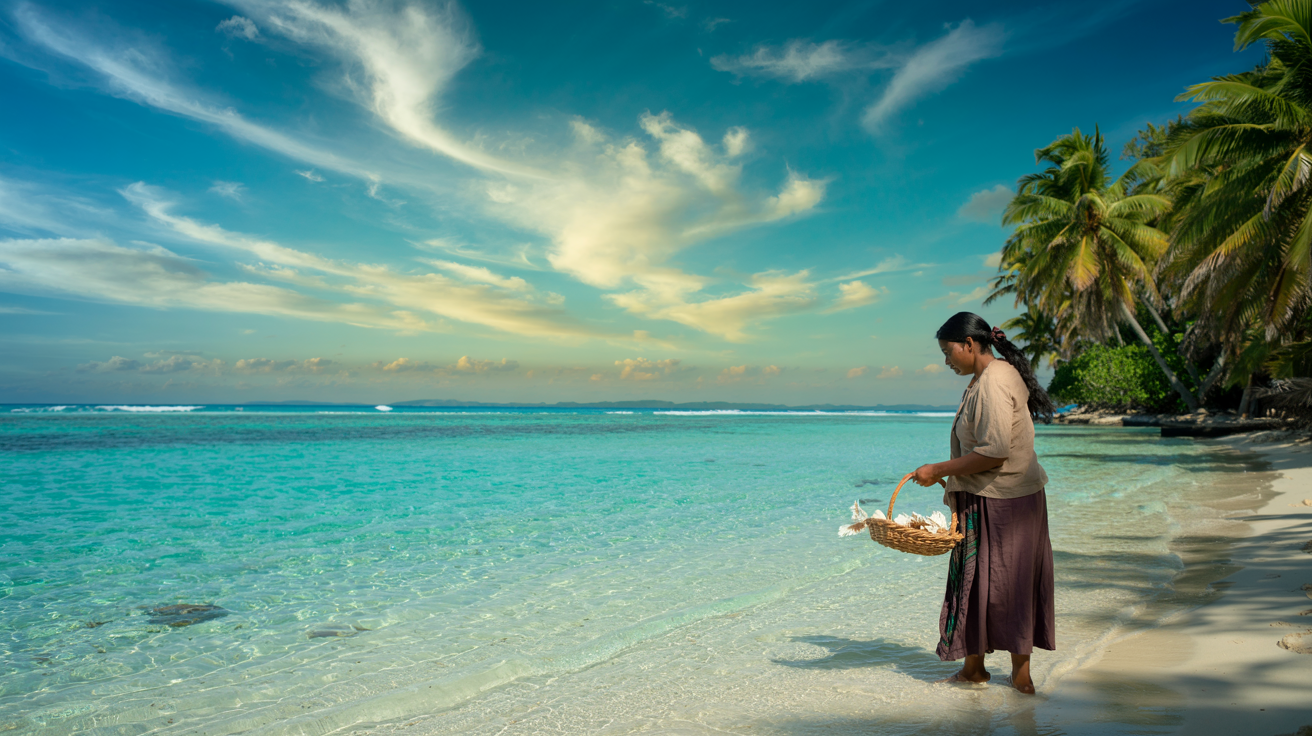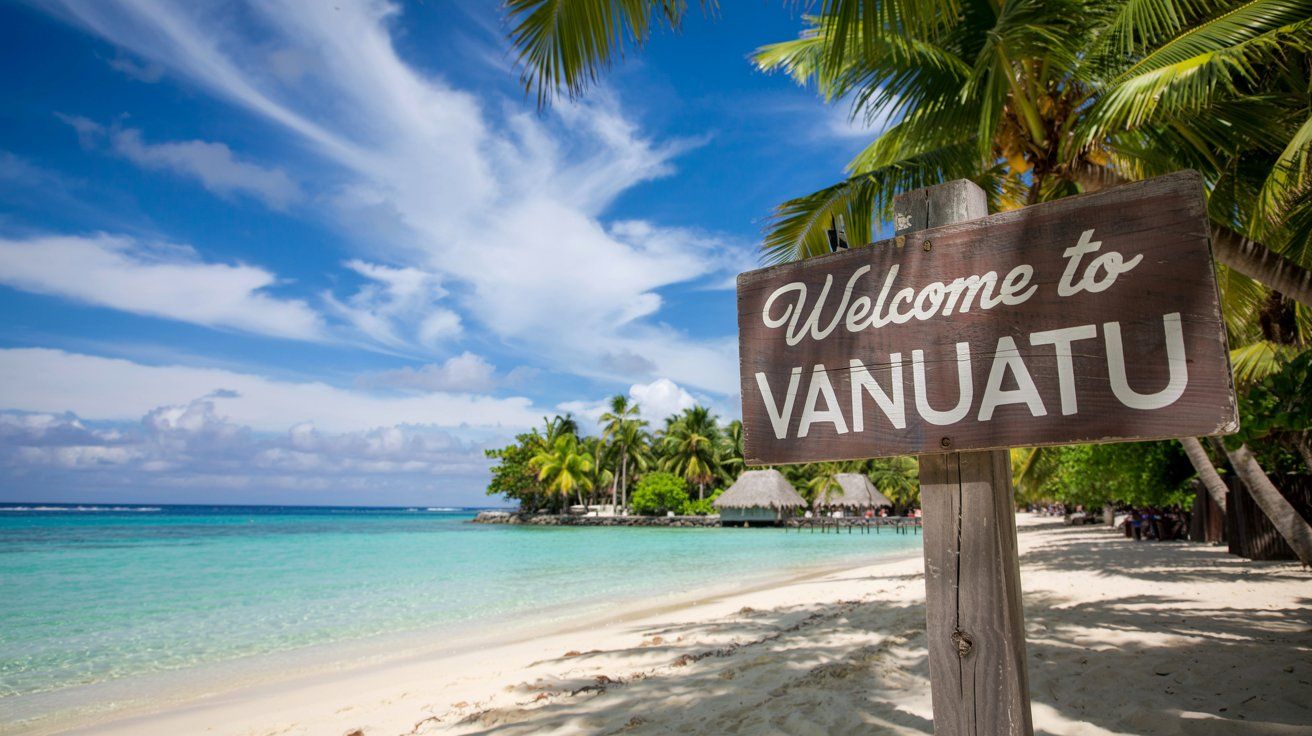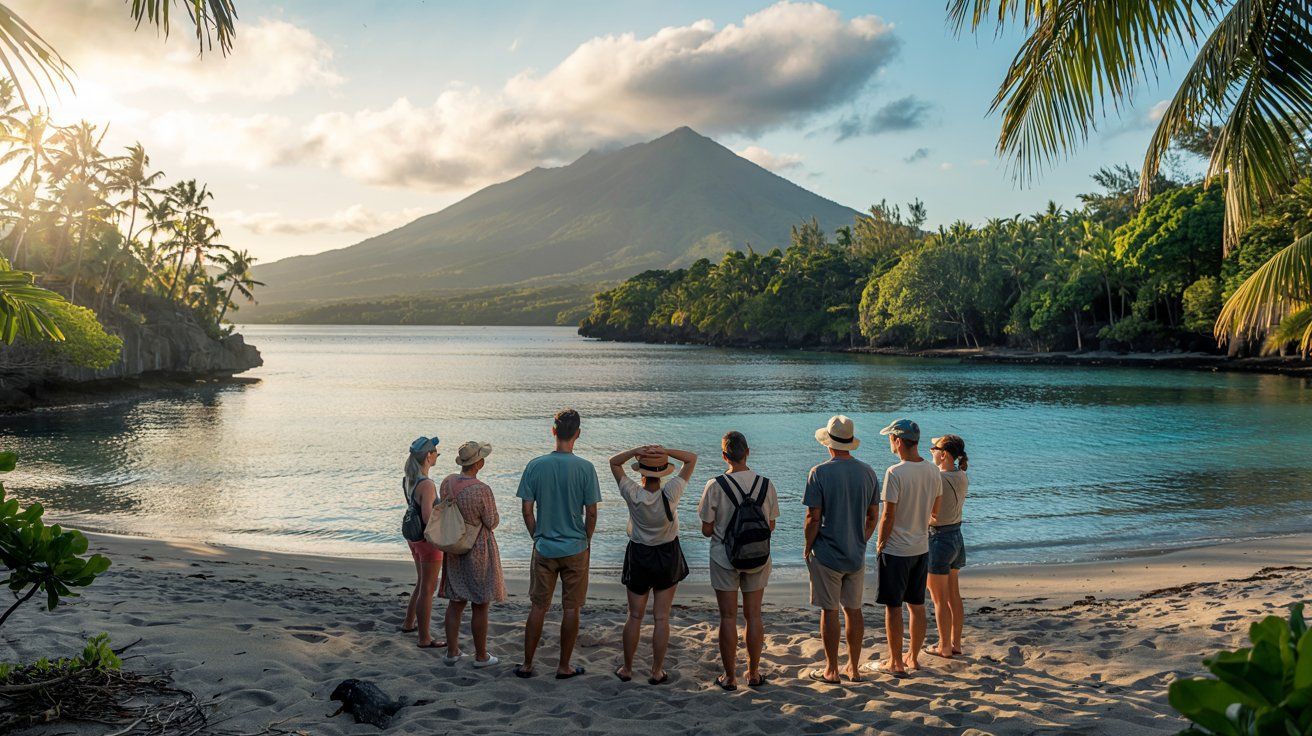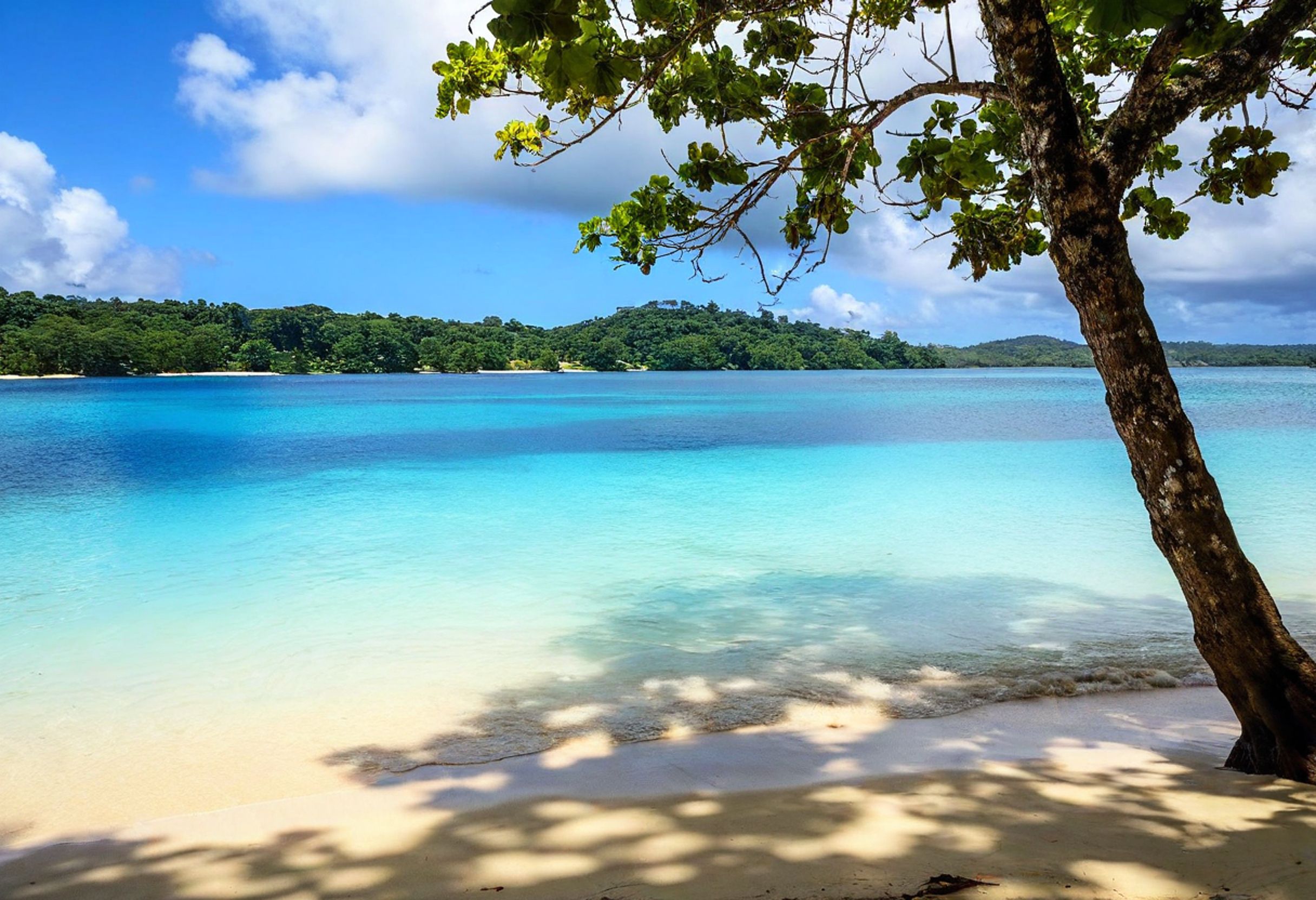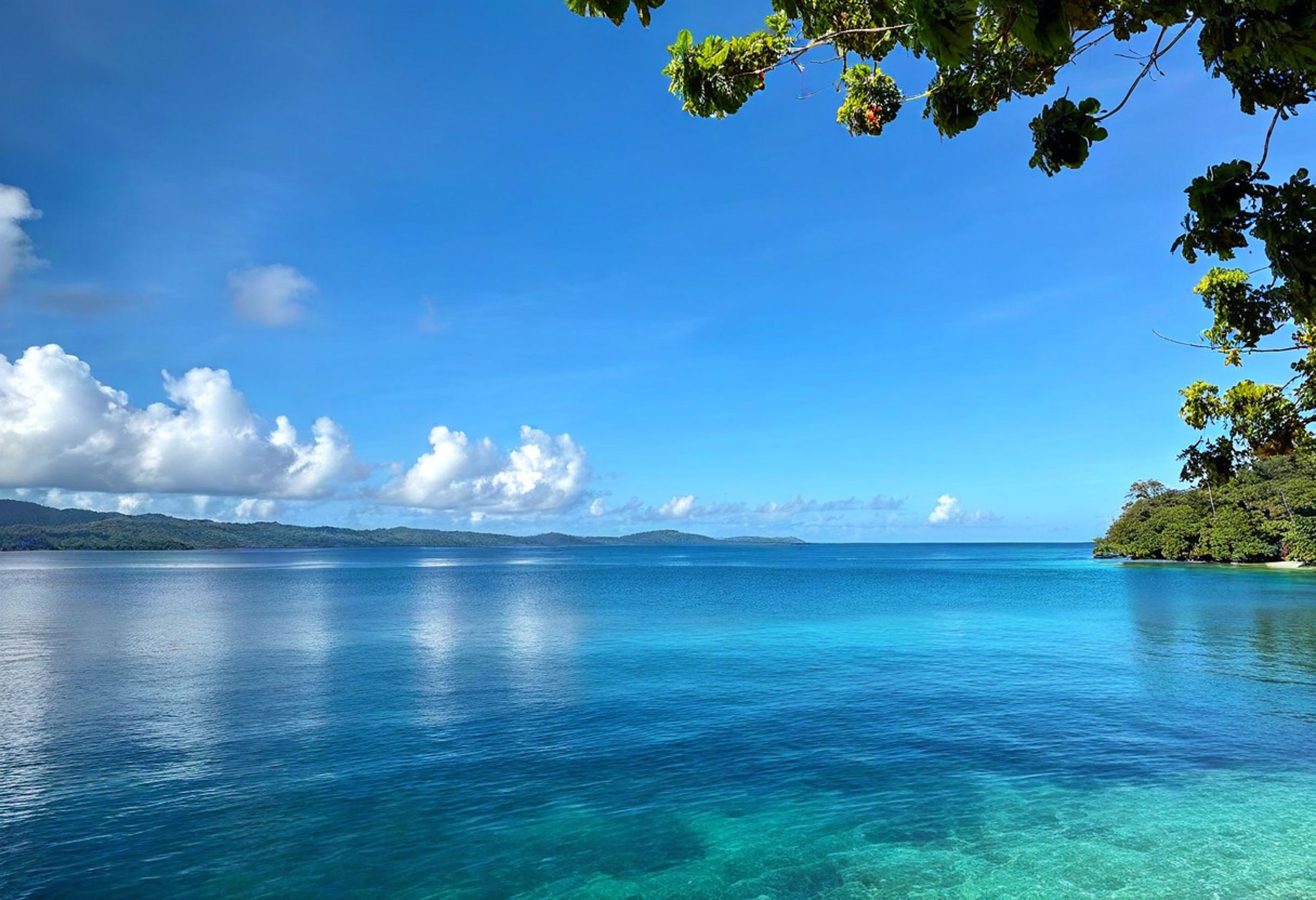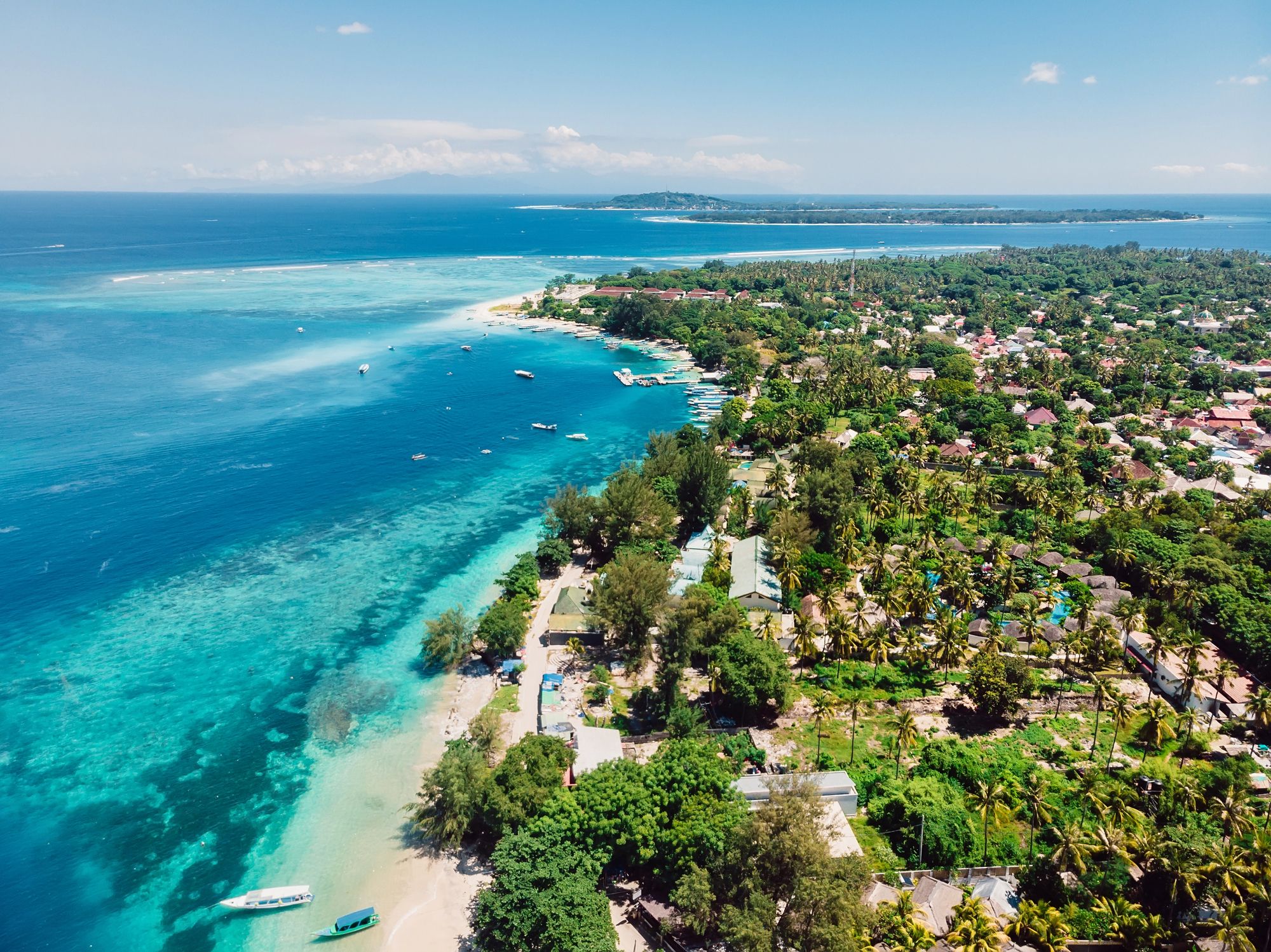The Pacific Islands are currently at a critical juncture, facing a dual challenge of economic slowdown and a persistent gender gap in employment. A recent World Bank report sheds light on the stark inequities in the workforce, with less than half of working-age women in the region holding jobs.
The report emphasizes that addressing these disparities could unlock immense economic potential. Growth in the region is expected to shrink from 5.5% in 2023 to just 2.6% in 2025.
From overwater bungalows to beachfront resorts, find your perfect stay in this island nation of more than 80 islands. Instant booking with best price guarantee!
Browse Accommodations Now
This blog will explore the causes of this gender gap and its economic implications. It will also discuss solutions that could lead to a brighter future for the Pacific Islands.
Understanding the Gender Gap in Pacific Island Employment
The employment landscape across the Pacific Islands paints a concerning picture for gender equality. According to the World Bank, roughly 57% of the region’s women—about 500,000 individuals—are not participating in the workforce.
This imbalance represents a sizeable untapped resource that could significantly bolster the region’s economy.
The Root Causes of Workforce Disparities
Several factors contribute to this gender gap. The report highlights outdated laws and entrenched societal norms as major barriers preventing women from fully participating in the workforce.
Limited access to support systems, such as affordable childcare and education opportunities tailored to women’s needs, further exacerbates the problem.
These challenges are not unique to the Pacific Islands. Countries like Japan, facing similar disparities, have initiated programs focused on promoting women-owned startups as a way to address these inequalities.
More targeted and culturally appropriate interventions are required in the Pacific Islands to achieve meaningful progress.
The Economic Potential of Closing the Gap
Bridging the gender gap in employment offers significant economic benefits for the Pacific Islands. According to the World Bank, achieving female employment rates on par with men could increase the region’s GDP by an impressive 22%.
This growth would stem from higher household incomes and a surge in private sector activity. Ultimately, it could create a ripple effect of prosperity throughout the economy.
The Timing Couldn’t Be More Critical
The urgency for action is amplified by the region’s expected economic slowdown. With growth predicted to drop to 2.6% in 2025, the Pacific Islands face mounting pressure to enhance economic resilience.
Addressing gender inequality in employment is a strategy that could help buffer against these challenges. It could also position the region for long-term success.
Inspiration from Global Trends
Looking beyond the Pacific, many countries are rethinking how to empower women economically. For instance, Japan’s recent push to promote female entrepreneurship serves as a potential model for adaptation.
Such initiatives highlight the benefits of leveraging underused human capital. They could provide valuable lessons for Pacific policymakers interested in fostering gender inclusivity.
What Needs to Be Done
To close the employment gap and unlock the Pacific Islands’ dormant economic potential, stakeholders must adopt a multi-pronged approach:
- Policy Reform: Update outdated laws that inadvertently limit women’s participation in the workforce.
- Access to Education: Increase enrollment and retention of women in secondary and tertiary education programs.
- Childcare Support: Establish affordable childcare services to enable more women to seek employment opportunities.
- Training and Mentorship: Offer skill development initiatives and mentorship programs specifically geared toward women.
- Community Awareness: Combat stigma and societal expectations through awareness campaigns promoting gender equality.
What Does This Mean for Vanuatu?
As one of the Pacific Islands’ most culturally rich and economically diverse nations, Vanuatu has a unique opportunity to lead by example. With its robust tourism industry and the potential for development in agriculture and renewable energy, Vanuatu could pave the way for widespread female workforce participation.
Implementing measures such as providing incentives for women-run tourism ventures or improving access to education in rural areas could position Vanuatu as a regional leader in gender equity and economic innovation.
By embracing inclusive policies and championing the potential of all its citizens, Vanuatu can solidify its standing as not just a travel destination, but also a beacon of progress in the Pacific.
Whether you’re visiting Vanuatu for its pristine beaches or considering its growing role as a socio-economic leader, the island nation exemplifies both natural beauty and the possibilities that come with forward-thinking strategies.
Here is the source article for this story: Pacific Islands should boost women’s participation in work, says World Bank
Find available hotels and vacation homes instantly. No fees, best rates guaranteed!
Check Availability Now

